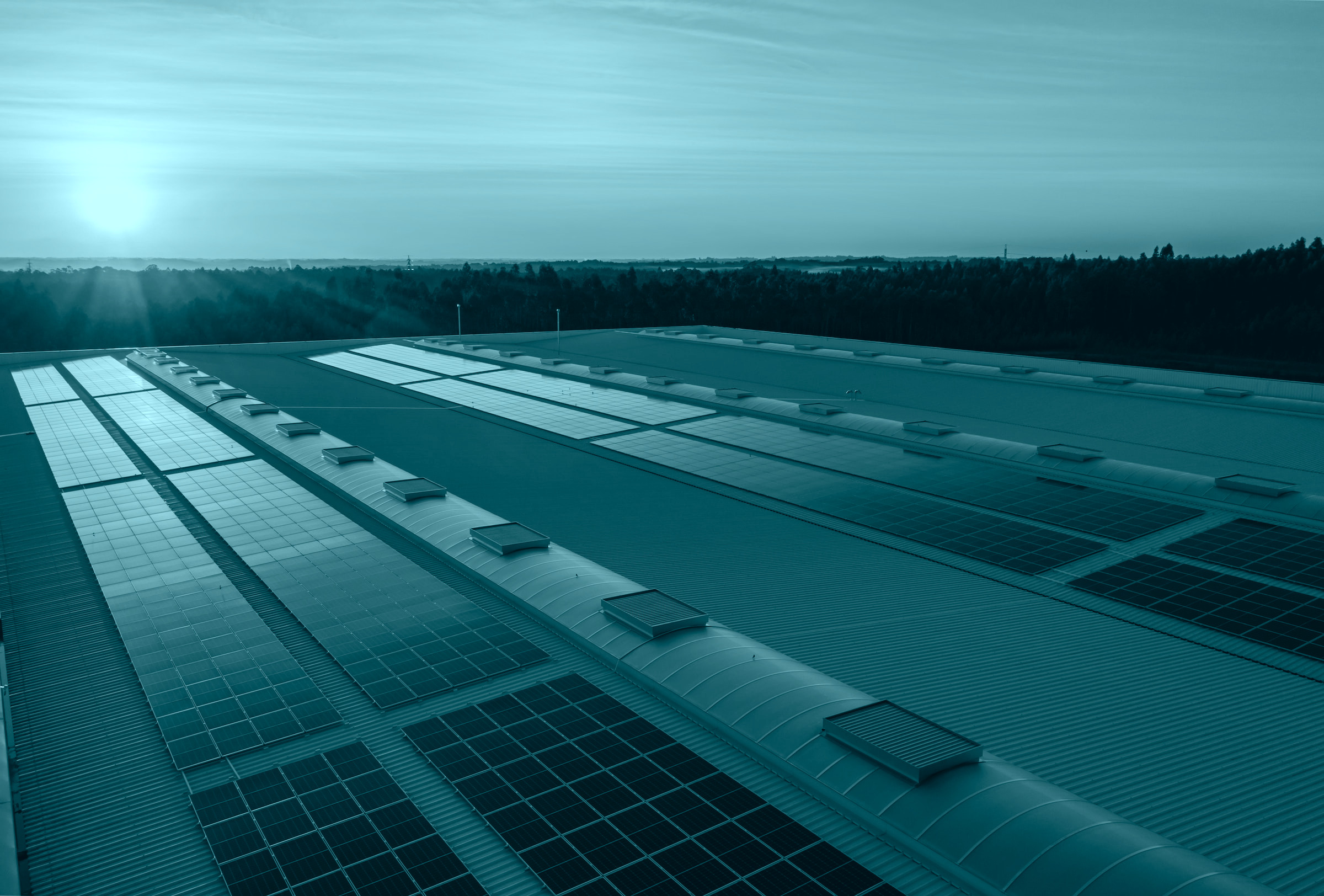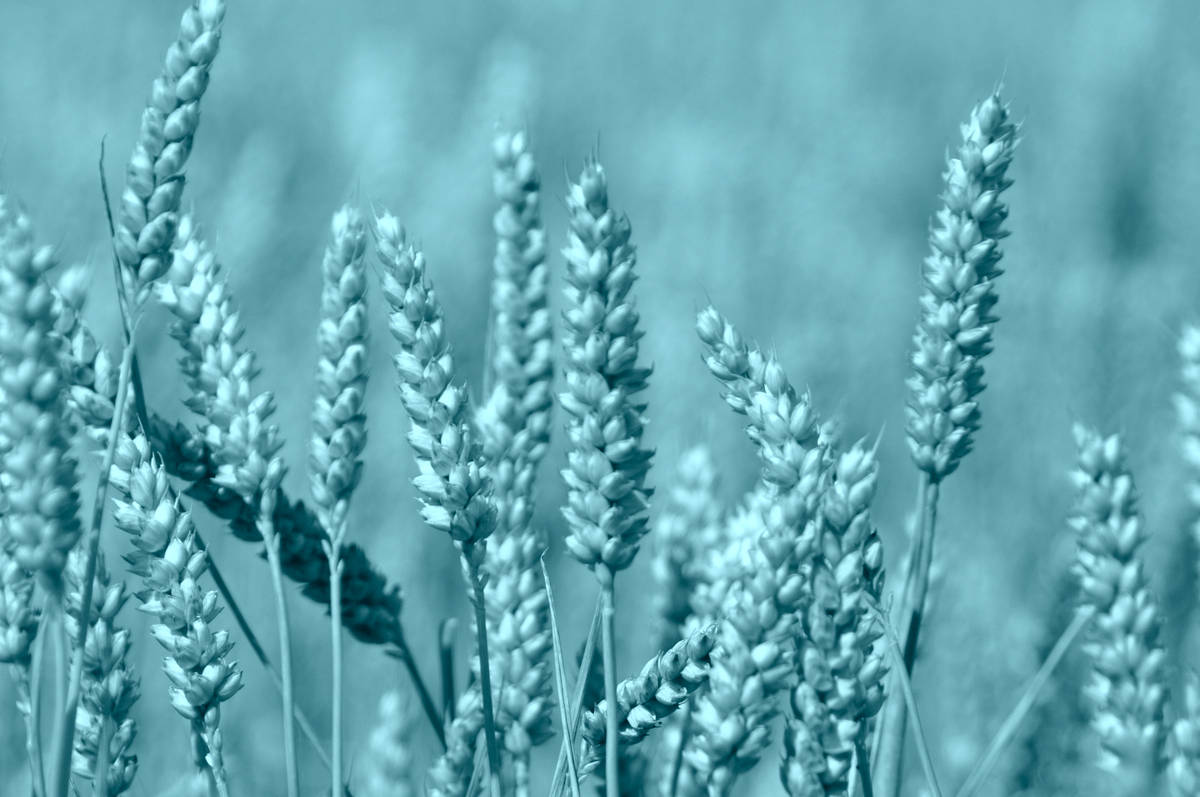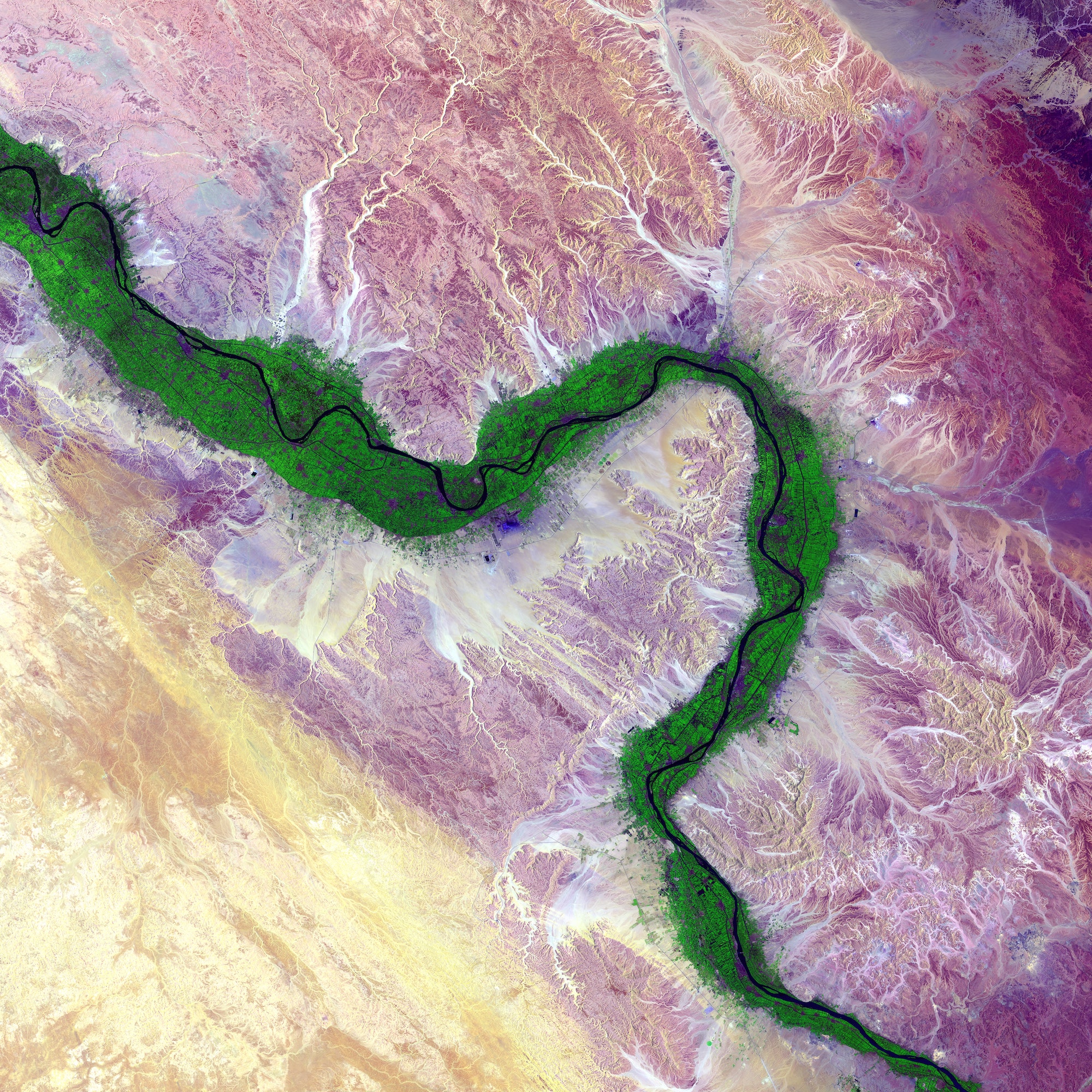As population growth continues, research indicates that there could be up to 10 billion mouths to feed by 2050, the food system will have to match its pace and increase productivity by around 70% from current levels .
Even more concerning, is the fact that agricultural land availability per capita is also expected to plummet by 66% in 2050 compared to 1970, due to the impact of both climate change and rapid urbanization.
Against this troubled backdrop which is raising concerns about our ability to meet future food demand, climate-smart agriculture is staking its claim as an integrated solution to managing landscapes—cropland, livestock, forests and fisheries—whilst confronting the interlinked challenges of food security and accelerating climate change.
In fact, smart agriculture is rooted in the practice of leveraging data and technology to optimize crop management, enhance resilience and minimize resource use by harnessing the power of data and technology to produce more with less.
In some cases a departure and in others an addition to traditional farming methods, climate-smart agriculture can help replace broad-spectrum practices with targeted, data-informed solutions that reduce waste, enhance productivity, and safeguard the environment.
Although there are numerous subsets of climate-smart agriculture, which include common terms such as precision farming, which focuses primarily on resource management and achieving precision in resource application, the term actually encompasses a broad range of technology-driven practices and solutions for overall farm management and sustainability.
The underlying goal of climate-smart agriculture is to enhance agricultural productivity, minimize waste, and promote sustainability, ultimately addressing the growing challenges in food production and resource conservation.
Numerous international organizations, research institutes and policymakers have been quick to include climate-smart agriculture in their strategies. For example, in its Climate Change Action Plans The World Bank Group, has committed to working with countries to deliver climate-smart agriculture that achieves the triple win of increased productivity, enhanced resilience, and reduced emissions by financing projects all around the world.
Similarly, the FAO Strategic Framework 2022-2031 also relies on climate-smart agriculture to achieve what they call the Four Betters: better production, better nutrition, a better environment and a better life for all, leaving no one behind.
Furthermore, on the Climate Change Agriculture and Food Security website there is a comprehensive list of country profiles and how they are implementing climate-smart agriculture practices on home soil.
A smart world
At its basis climate-smart agriculture revolves around using a network of sensors, data analytics, automation, and real-time monitoring to help farmers improve the efficiency and overall operations of their farming activities.
For example, sensors can be used to base irrigation schedules and water delivery systems on real-time data, which means that farmers can both conserve water – an increasingly valuable resource – and at the same time boost crop yields.
In areas where water scarcity is a determining factor these climate-smart agriculture systems can become the difference between life and death, and in areas of water abundance they can still contribute to lowering emissions, energy use and in general making farming practices more sustainable.
Sensors and internet of things devices are therefore considered key technological elements in the climate-smart agriculture movement, as they constantly collect data on a multitude of environmental factors, from soil moisture and temperature, to humidity, and crop growth.
Acting as the eyes, ears and nose of farmers these sensors allow for constant, real time and even remote monitoring, producing data which is then processed through data analytics tools. In fact, the proper processing of this data is the second element in climate-smart agriculture as it is what allows farmers to extract meaning from the data being collected and gain insight into their crops, thus informing crucial decisions on things like irrigation, fertilization, and pest control for example.
The positive impacts on resource waste and crop yields are already being reaped in the real world. Recent analysis by Lumo, a california based Smart Agtech company dedicated to helping growers conserve their most precious resources, suggests that “new irrigation technology could save Californian farmers 9.75 billion USD in labor and electricity costs – and a staggering 1.33 trillion gallons of water – over the next five years.”
This is just one example of how industry players, policymakers and forward-thinking farmers are embracing new techniques that leverage data and techniques to lower their impacts, increase yields and prepare for the challenges posed by climate change.
And these gains don’t just pertain to large scale agricultural processes. Climate-smart agriculture tools are also being used for urban farming and by small scale producers who want to monitor their crops remotely or engage in shared and/or community farming activities.
Climate-smart agriculture therefore encompasses a diverse range of tools and systems, from precision irrigation and climate control in state-of-the-art greenhouses to a web of sensors that monitor soil health, water levels, light exposure, and temperature conditions.
The human element
Yet, implementing climate-smart agriculture practices in a way that leaves no one behind and achieves environmental benefits is not always as simple as it may seem.
In Tanzania, research conducted over the last ten years shows how climate-smart agriculture has had consistently positive impacts on productivity, mixed impacts on resilience, short-term negative impacts on emissions intensity, and highly variable impacts on socioeconomic characteristics.
As automation and robotics become more integrated into farming practices, there is a potential displacement of agricultural workers. While these technologies promise increased efficiency and reduced labor costs, if not used in a holistic manner they may also challenge the livelihoods of those who have long depended on agriculture for employment.
According to research published in The Journal of Peasant Studies, although smart agriculture provides greater policy space for more holistic approaches to agriculture, it also operates within an apolitical framework that focuses predominately on technical fixes and technology solutions at the level of production. According to the researchers, this depoliticized approach to the global food system has a spin off effect whereby existing policy agendas and systems of power, as well as inequality and access tend to be reinforced.
There is no one-size fits-all and climate-smart agriculture implementation will be most effective if it goes beyond the farm plot level and is applied in an integrated way that takes into account competing sectoral priorities, the cumulative effect of combined technologies and the potential for transformational change.
Understanding how to harness this potential in the most effective way possible is the new challenge.






